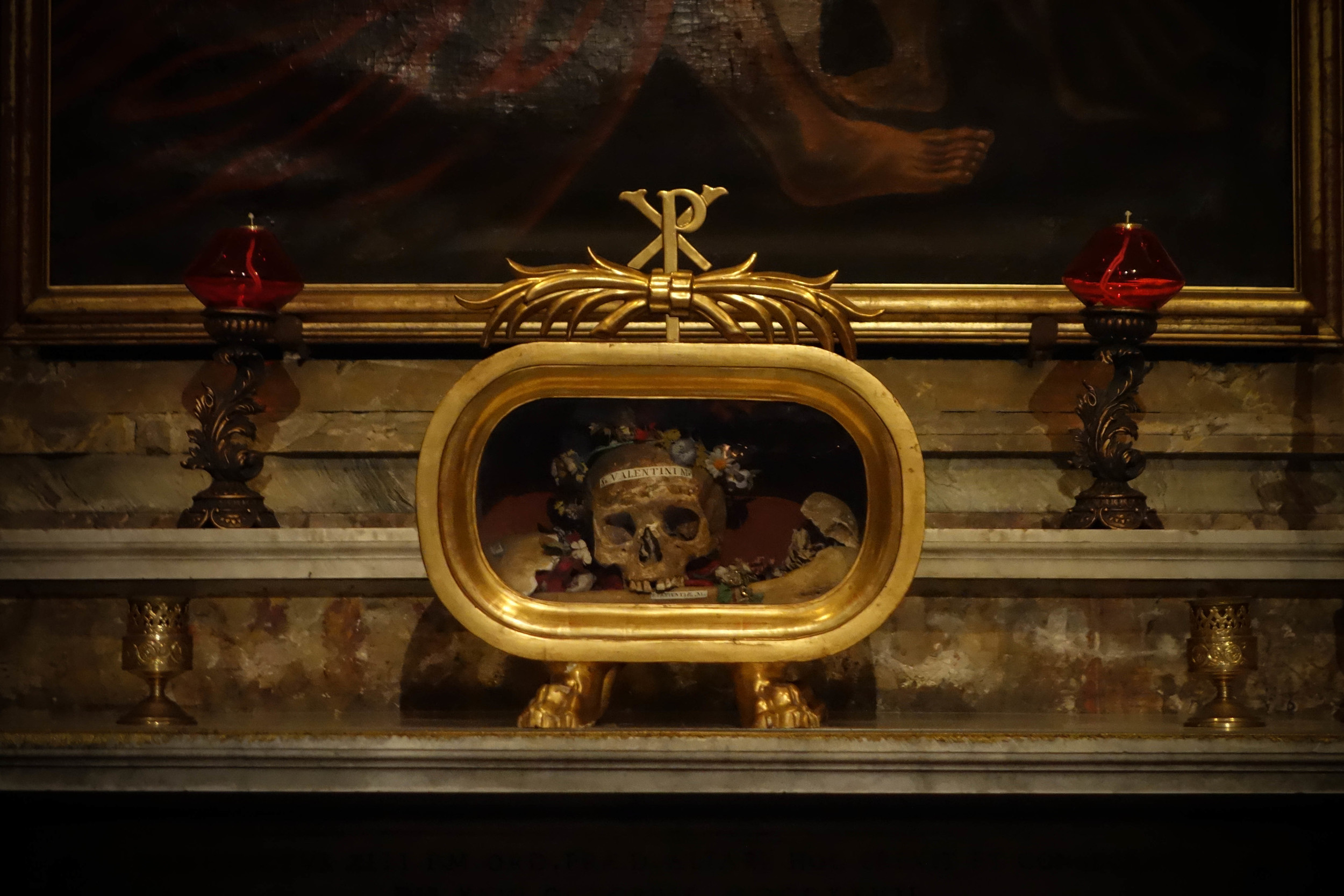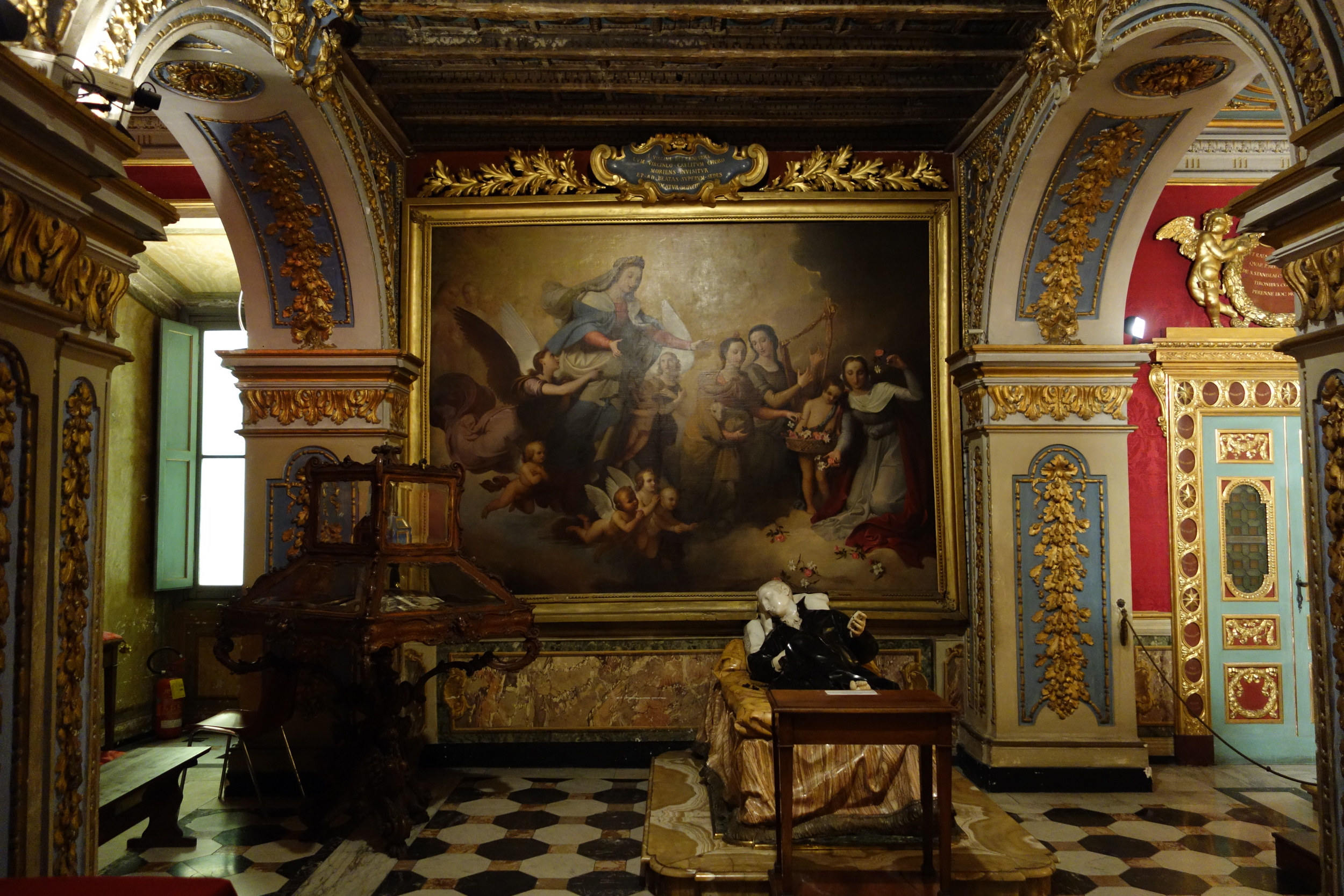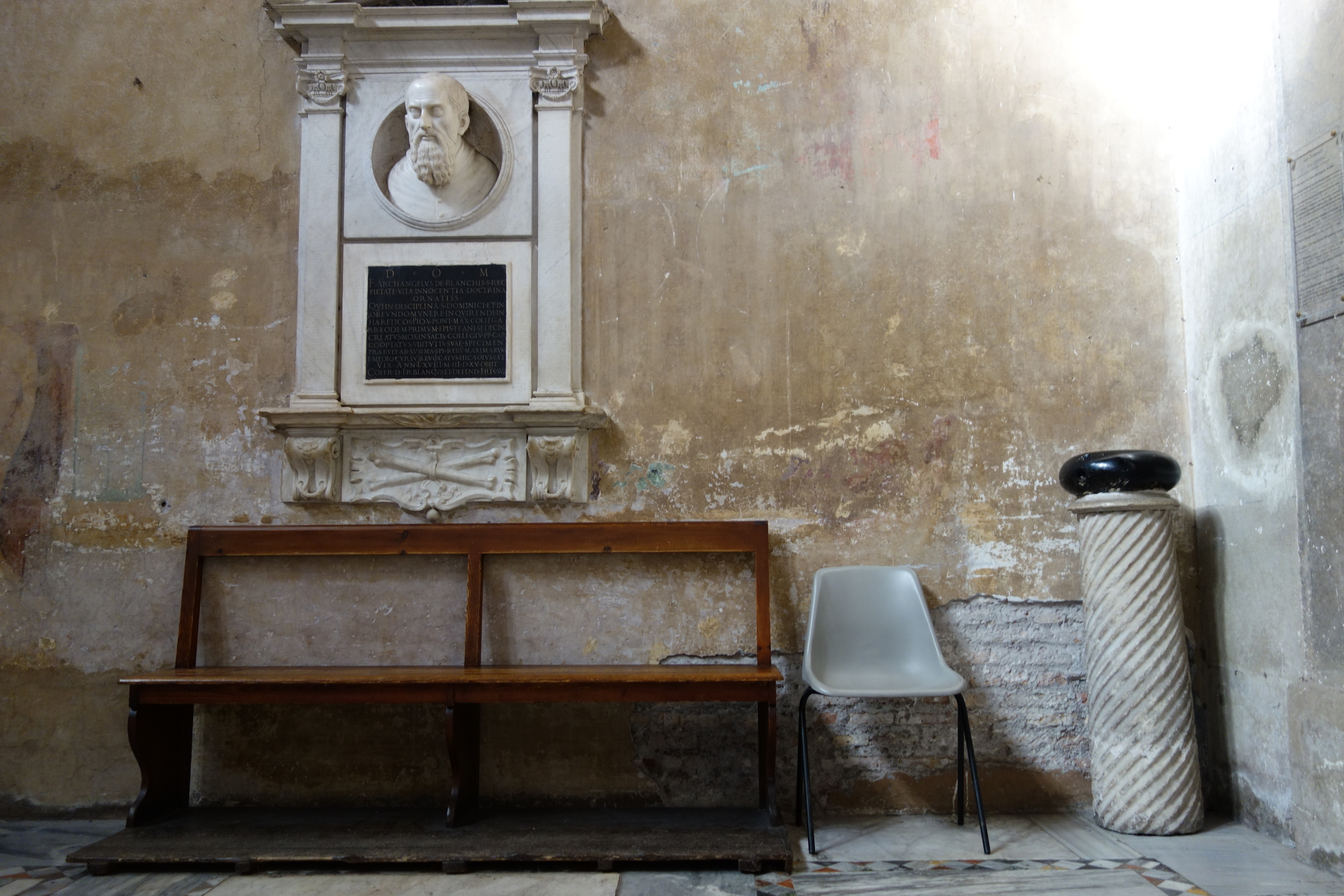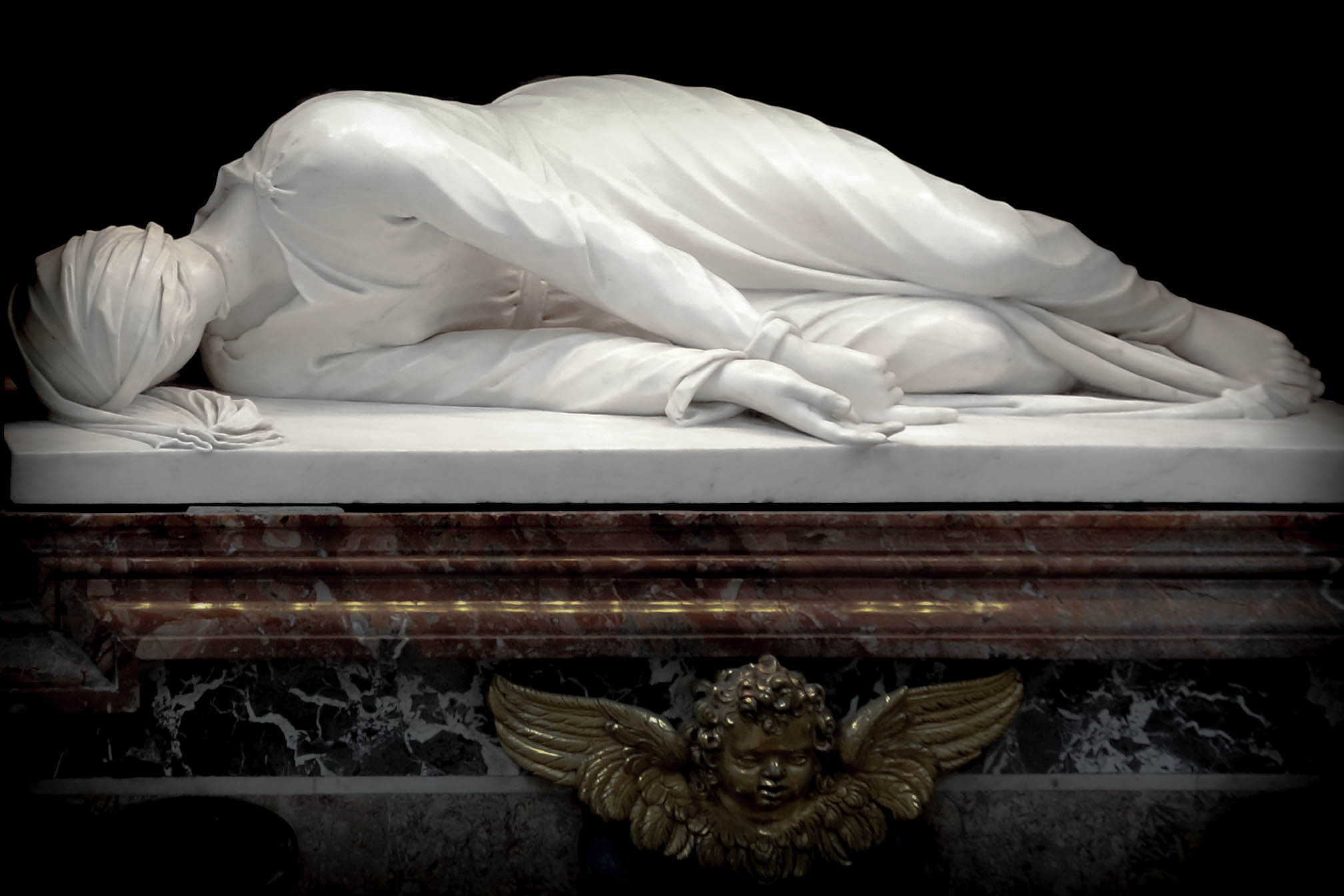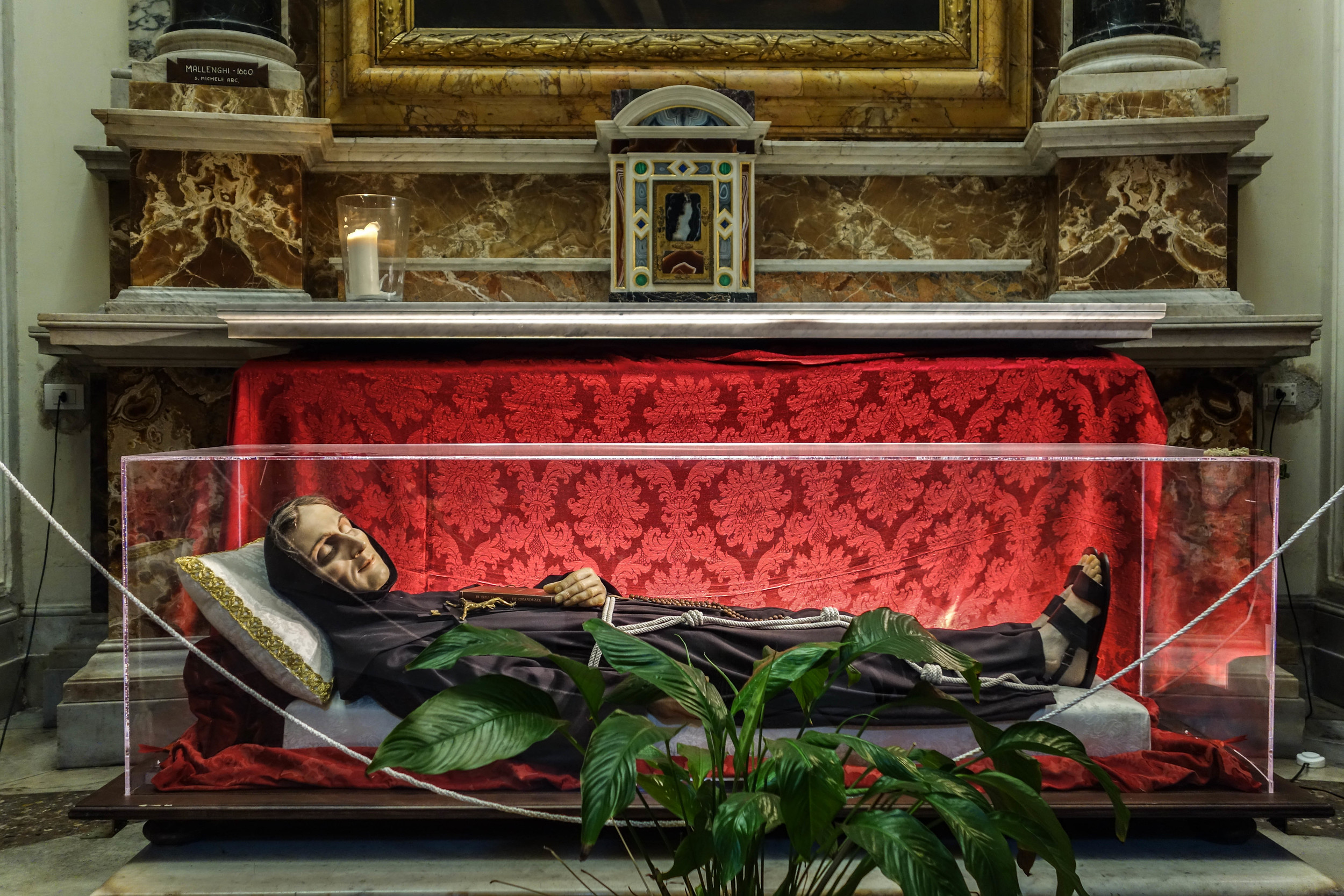Rest In Beauty: an Interview with Swide Magazine
Originally published on Swide by Jonathan Bazzi.
An interview with creator of All the Saints You Should Know, a fascinating photographic project on the body-relics of Italian saints.
In Christianity, the body takes on a incredibly powerful value, the idea of ncarnation makes Christian culture particularly sensitive to the body as the site of representation of the sacred, of asceticism and spiritual transformation. The long tradition of saints and martyrs in particular frames this centrality of the body as a means of contact with the Divine. With martyrs, fasts, mystical ecstasy, and sacrifice of one's own life the Christian God marks the flesh and penetrates the physical dimension of the person by forming a set of signs and symbols that make Christianity one of the most visually and aesthetically powerful religions, even to the profane eye. The photographic work of Elizabeth Harper is situated in this evocative dimension, and consists of a photo blog that gathers together beautiful pictures of the seemingly uncorrupted bodies of several Italian saints, especially focusing on those stored in the churches of Rome. We chatted with her on the themes of her work, her artistic and literary influences and the meaning of the body in religion and art.
Let’s begin from the story of your project, the blog All the Saints You Should Know: when and how did you started? And what about your future, do you have any plans or dreams?
I began this project because I love art but going to art museums while I was traveling was unsatisfying. Too many collections felt like they could be moved from one white room into any other white room. That felt like the antithesis of travel so I started looking for places I could see art in situ—anywhere that mixed history and art. What I was really searching for was the old way of displaying art—in a kunstkammer or wunderkamer—someplace where art can be grouped with all the other types of wonder and beauty in the world without much thought about the boundaries between subjects or even accepted definitions of art or beauty. That type of collection is almost a type of theatre (maybe the most local and ephemeral art) because the collector’s point of view and personal story is on display in the collection and it’s unapologetically a kind of narrative about a very particular time and place. That is actually what I found in churches. There, art is juxtaposed with all of these other items: human bones, wax saints, icons, even taxidermy and scientific devices. Together, they’re all telling the fascinating story of the Church: the individual parish and the greater Catholic Church as a whole. But there often isn’t much information available and a lot of people either didn’t know these places exist or they’re confused or a little intimidated by coming into a church. I realized that since I had grown up Catholic and I had these interests, I had enough information to start teasing out the hidden stories of these objects and places. That’s really all I want to do—excavate stories and history from these collections and allow others to appreciate them through writing, lectures and photographs.
Who inspires you? Did you have any models, teachers or examples that helped you defining the direction of your work?
I’m continually inspired by the Romantic writers who came to Italy: Goethe, Chateaubriand, Stendhal, Byron and the Shelleys. I love reading their diaries and letters because they were foreigners here like me and I think they came to Italy to access the sublime. On one hand here you have the pinnacle of human achievement and beauty: the Renaissance masters, the Baroque architects. But there is also the persistent memento mori—the ruins of the Roman empire, seeing the old pinnacle of human achievement in decay. You see this in the very architecture of the churches too. The upstairs is triumphant—aesthetic perfection, and the downstairs is decay—the decay of bodies in the crypt, the decay of pagan temples demolished and built over, the disorder of history collapsed in on itself in the scavi. This kind of sublimity is hard to access in the US because we have the tendency to want only beauty and no horror.
Your parents are Italian: what's your relationship with Italy? Do you have any favourite places in our country?
My mother is Italian, her family is Sicilian. But my favorite place is Rome. It’s just so much of everything there. I think of Rome as a kind of memory theatre—a cabinet of miniatures that could possibly reveal all the knowledge in the world if someone were able seek it and put it together. I think about that often when I’m walking through the city. Sometimes I’ll step on a cobblestone or stone in a floor and feel it shift, it makes a hollow sound. I’m reminded that there’s always more that’s hiding underneath. So I dig deeper and try to see every little detail that leads to another story. I ask to have the doors unlocked… I try to put it all together and see what it can tell me about life today. My favorite place in Rome, that isn’t a church, is the Mario Praz house. If I could move in I would. I’ve drawn on so much of his work and his house embodies everything I love intellectually and aesthetically about Italy.
Your work is related with religion, church and saints. What kind of role does spirituality play in your life? Did you have any spiritual or mystical experience?
When I began writing about these things, I made a conscious decision not to address my spirituality in my writing. I prefer to keep it private, largely because I don’t want people to get hung up on if they agree with me about religion or not. I want the stories behind these objects to be enjoyable for everyone with any kind of interest in the Church— whether they're a nun or a secular academic. That being said, I’ll tell you that in my travels, I’ve often found myself deeply moved, sometimes to the point of lightheadedness or tears, but I’ll leave it open to interpretation whether that’s mystic ecstasy or Stendhal Syndrome.
The human body seems to be very important in your project: what's your vision of the body in art and visual culture? Did you study anatomy or drawing?
It is and part of that is inextricable from the Catholic Church. It’s fundamentally a corporeal religion but it’s paradoxical: the Word is made flesh but the flesh also harbors sin. I think that aspect is particularly accessible to women who still deal with the male gaze and are used to having judgments leveled at their bodies and how they present them. That’s one of the reasons that I’m particularly interested in female mystics from the Middle Ages. At first glance, they seem otherworldly but when I looked a little deeper I saw pieces of myself and seeds of my own insecurity and shame in these women. They’re at once so deeply human yet supernatural and their bodies are testament to that—from the scars of compulsive mortification of the flesh in their living bodies to the perfection of their incorrupt corpses in death. I find their struggles and solaces endlessly relatable. It’s funny you should mention drawing. I took four years of figure drawing classes in art school and really enjoyed it but I never connected it to this particular obsession of mine.
Do you have a favourite saint?
I love St. Catherine of Siena. She’s well known for her mysticism but her writing also reveals a smart and opinionated young woman with a sarcastic streak. She also battled with herself for absolute control and perfection of her body. Her life and relics along with the places they rest in Rome and Siena are perfect examples of the type of history and humanity I hope to uncover by looking around in churches.
